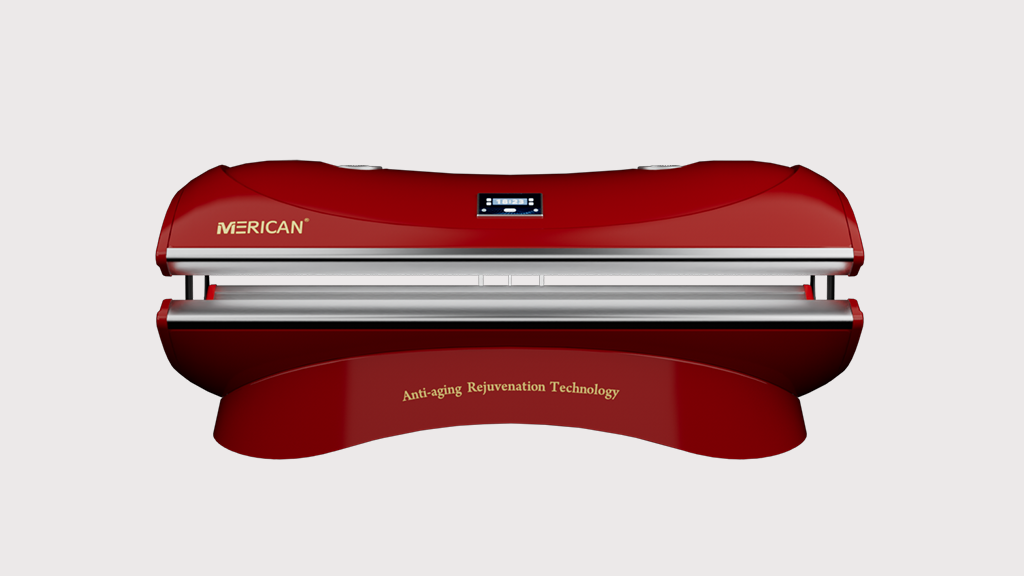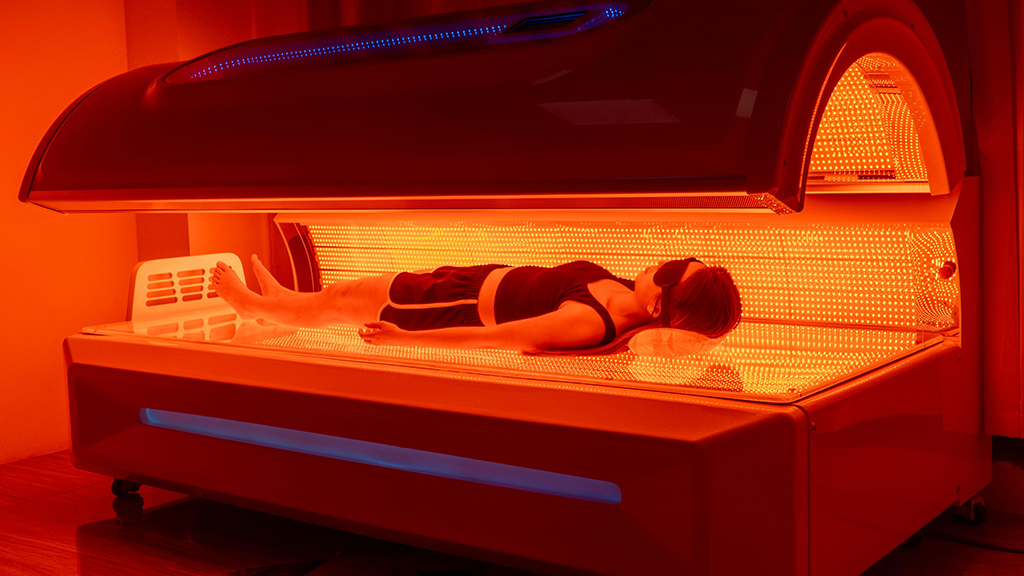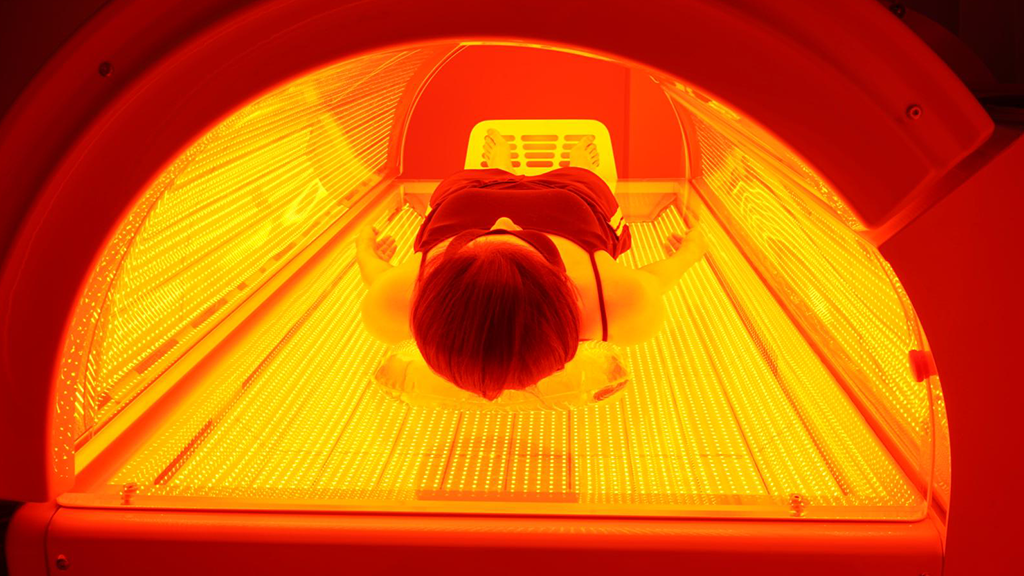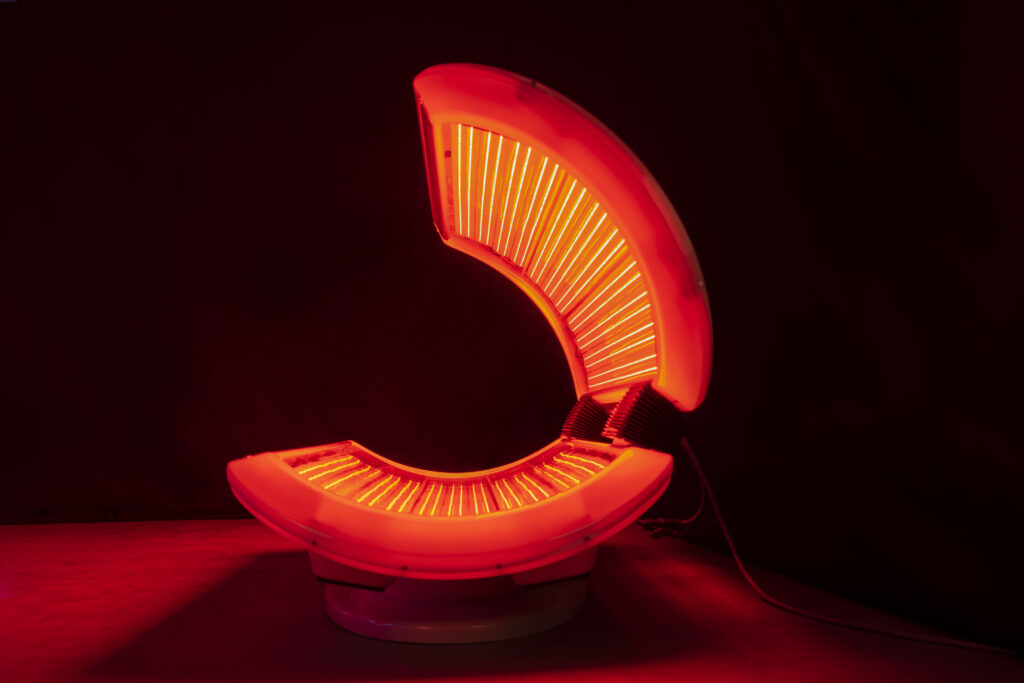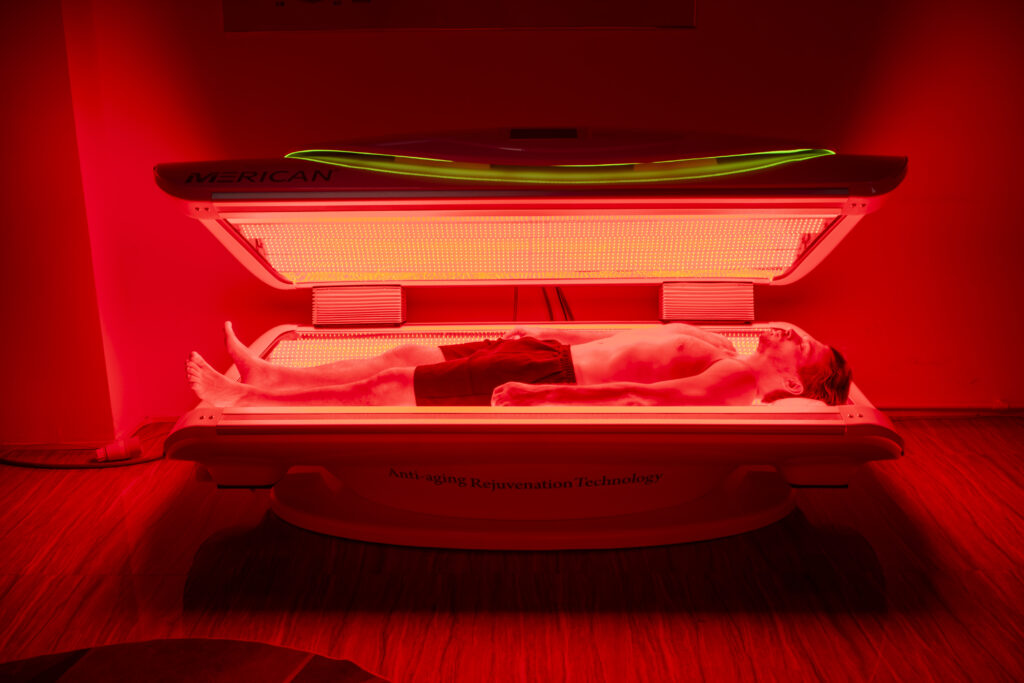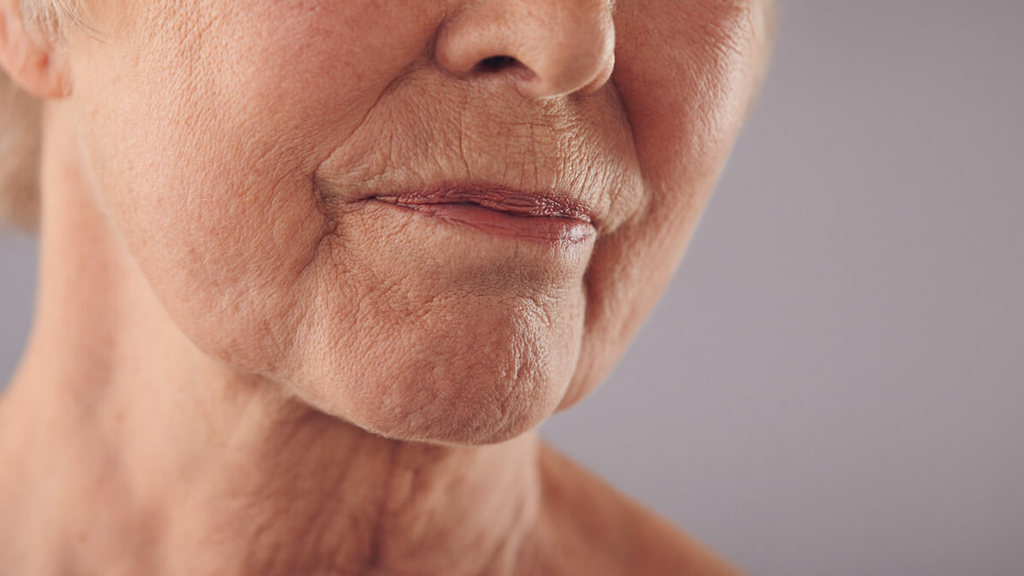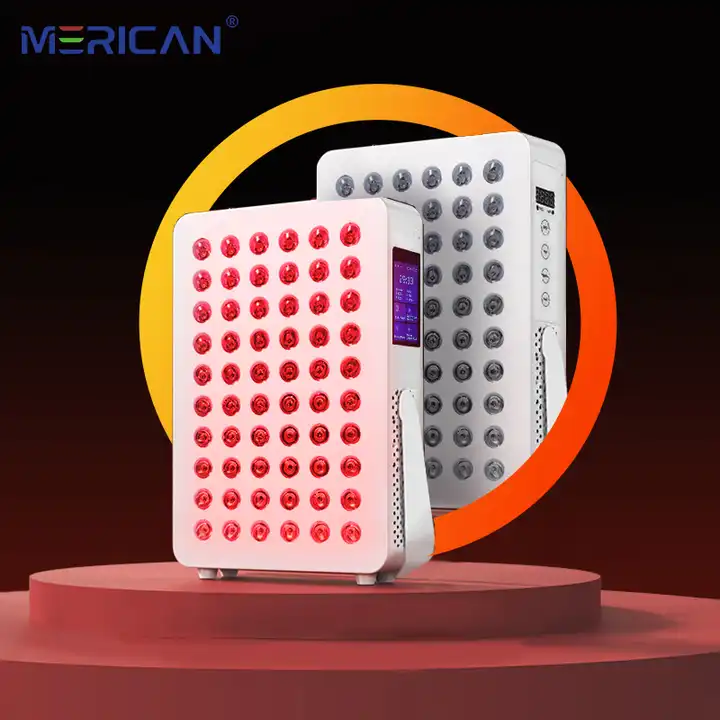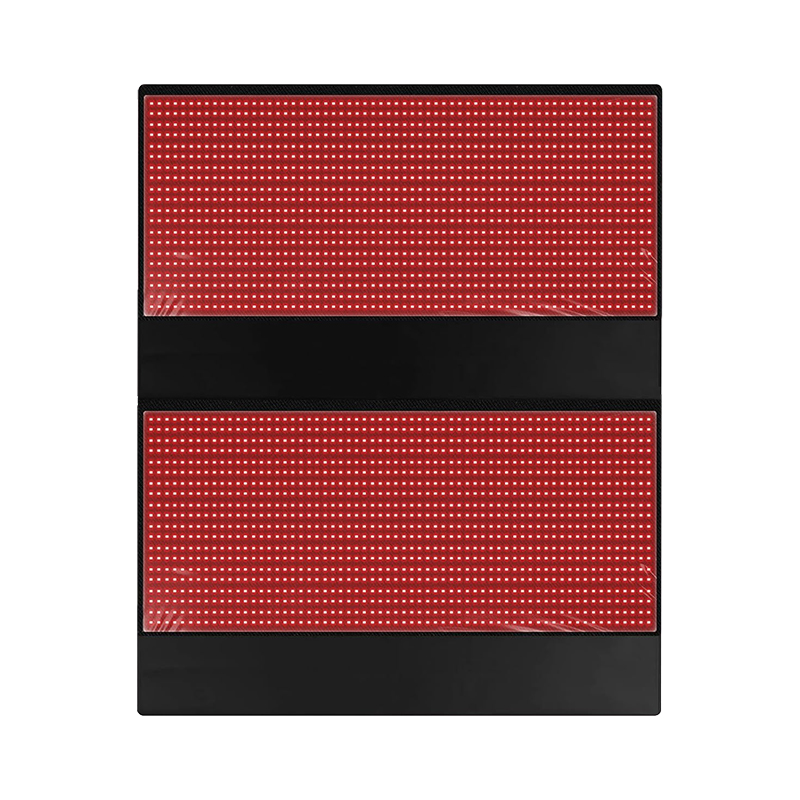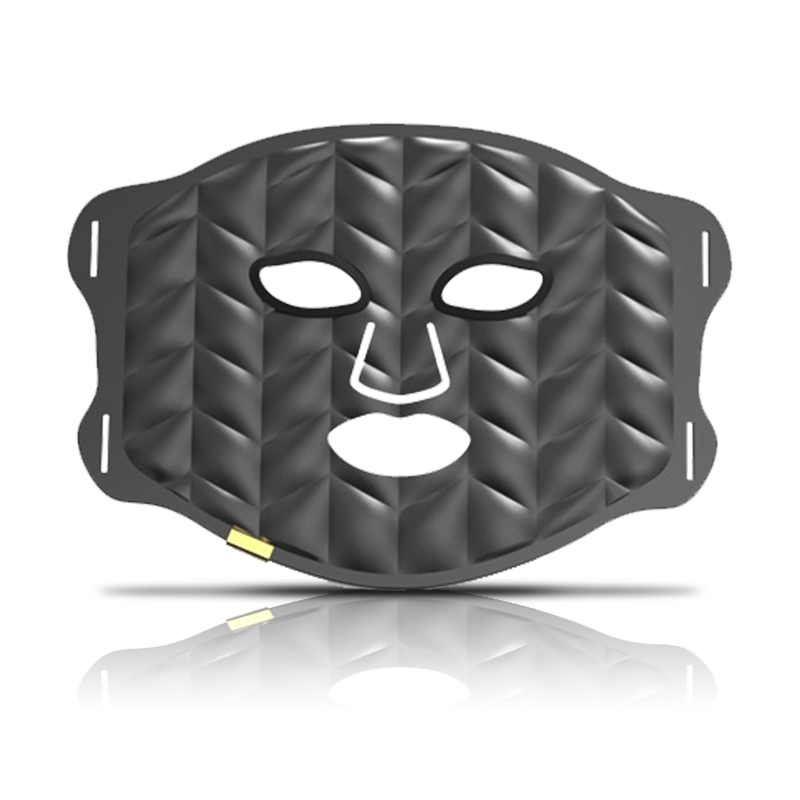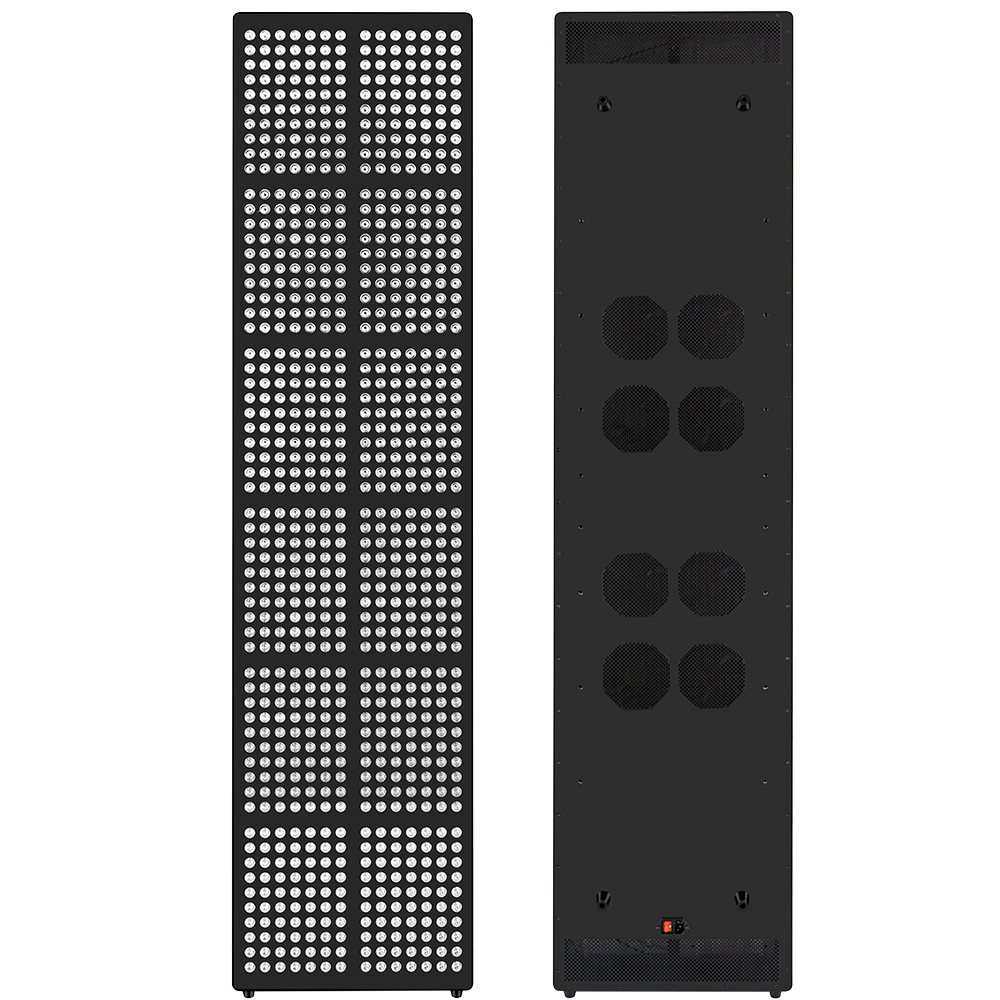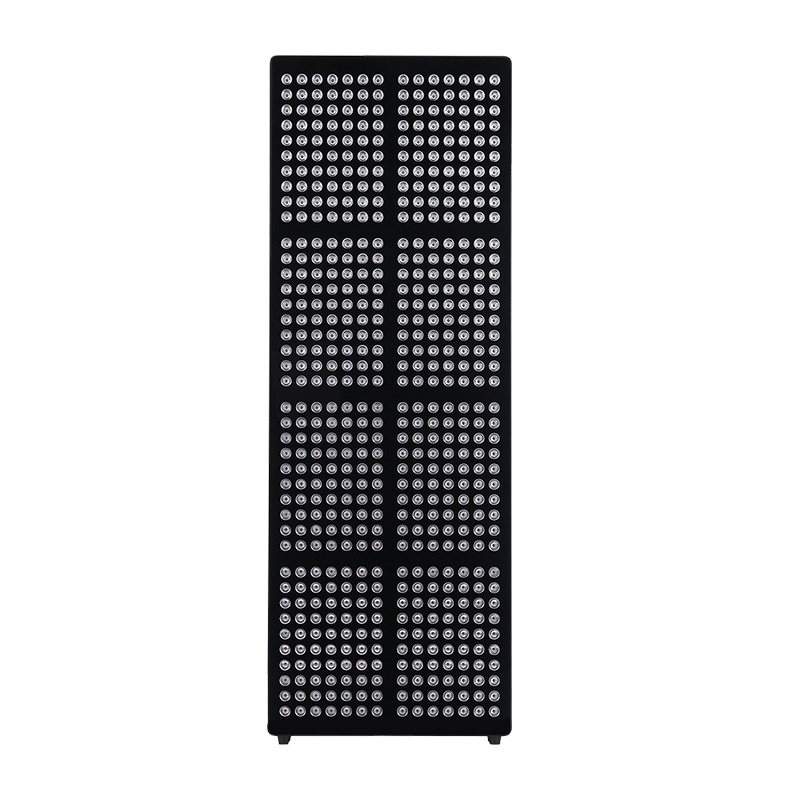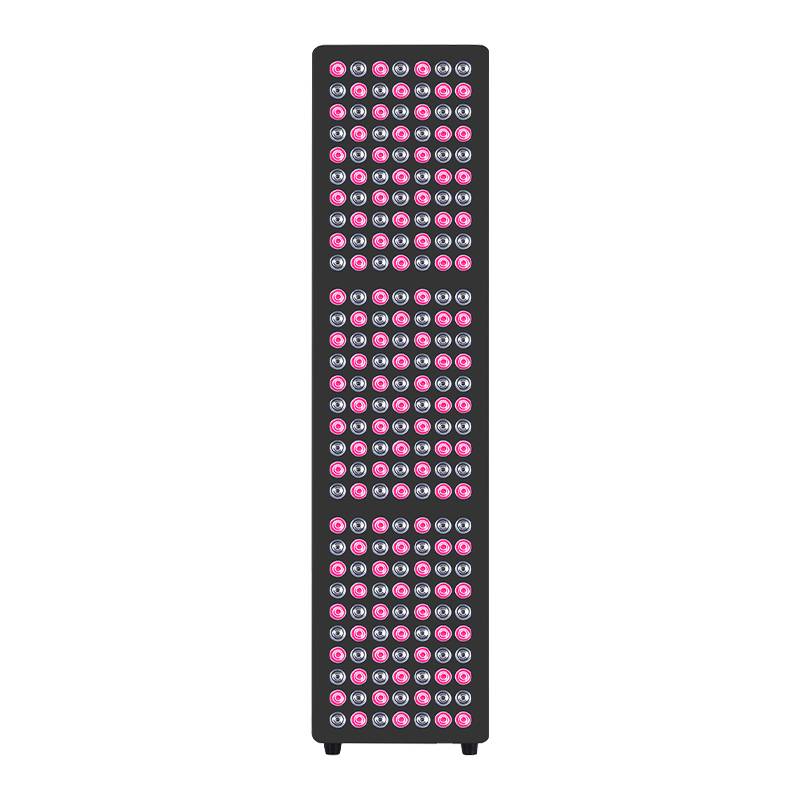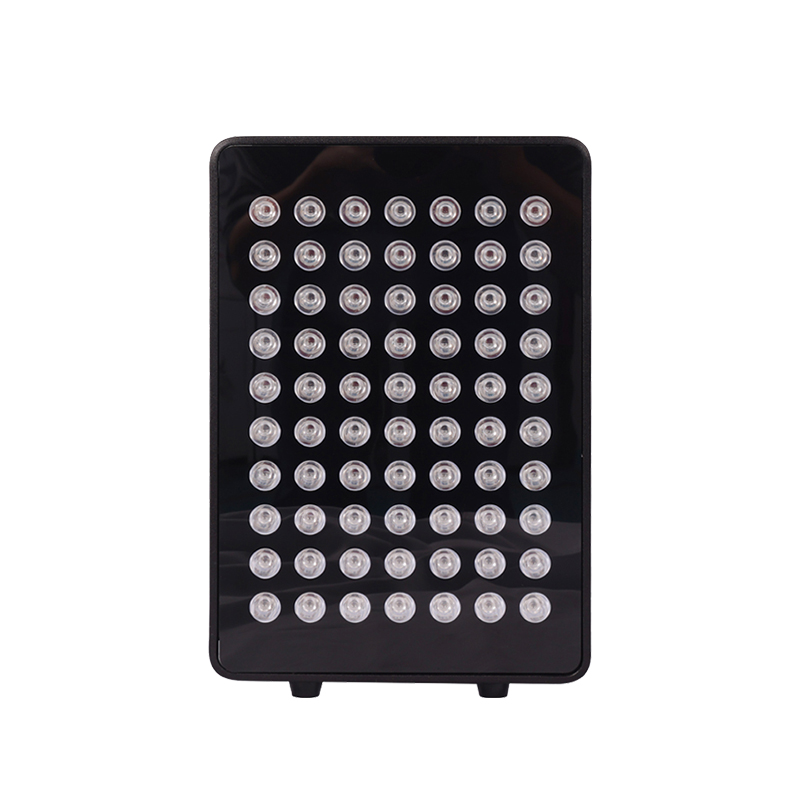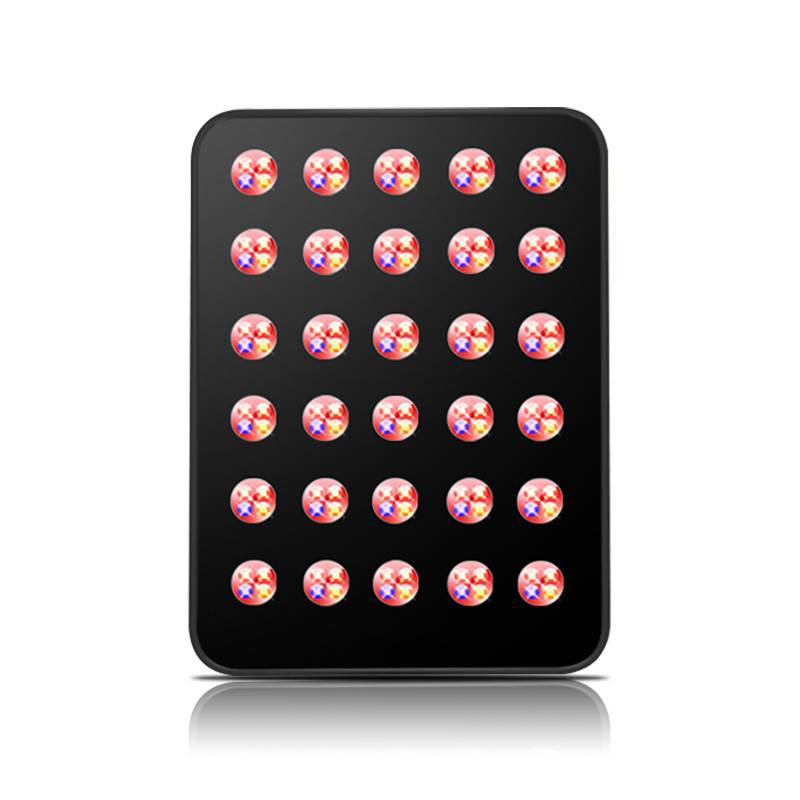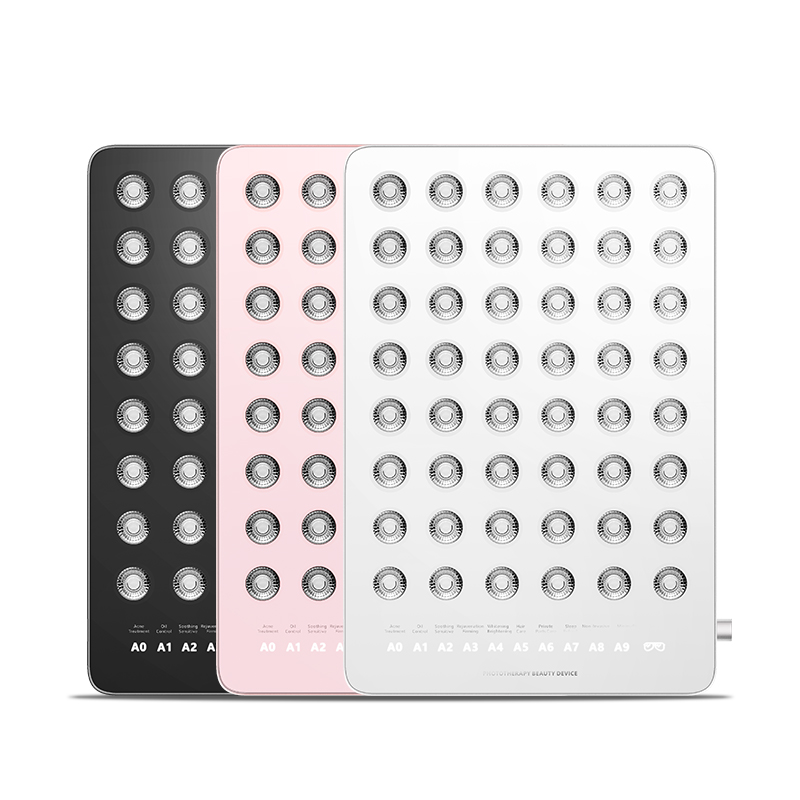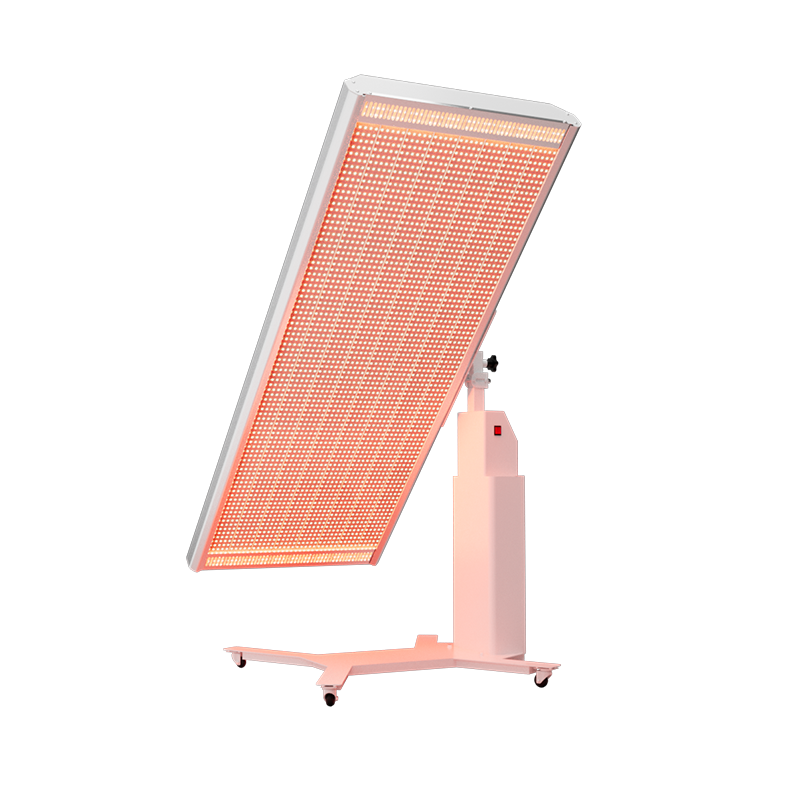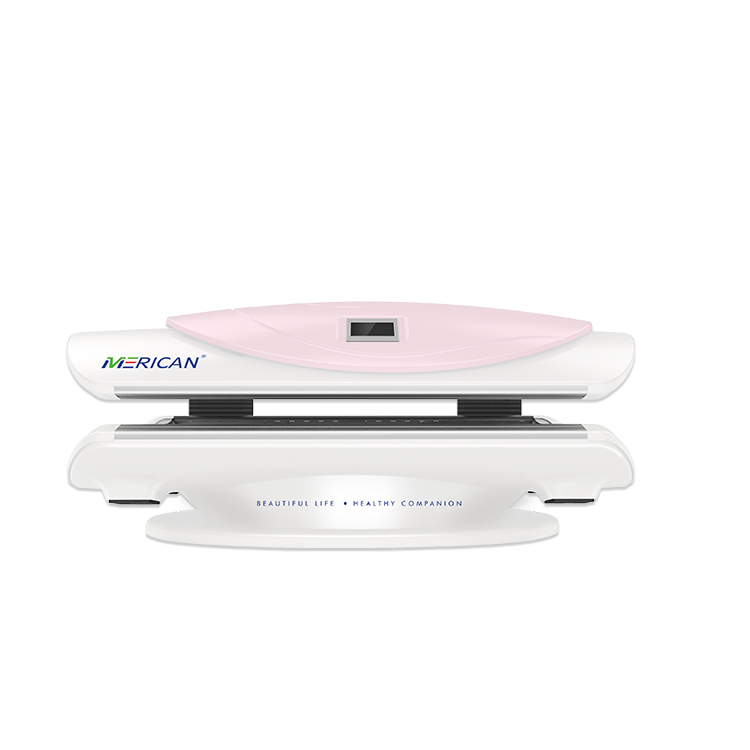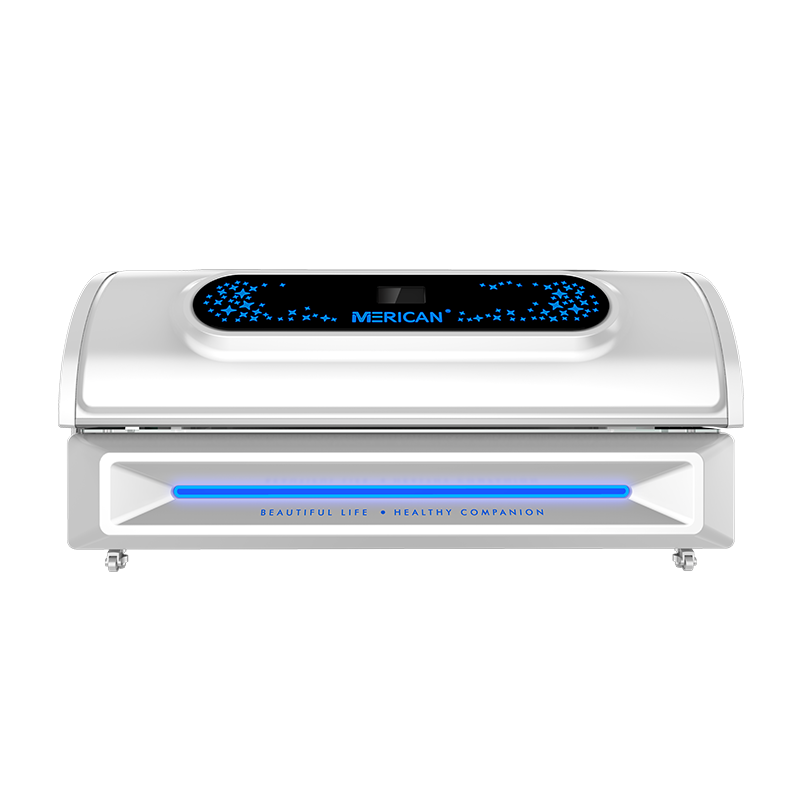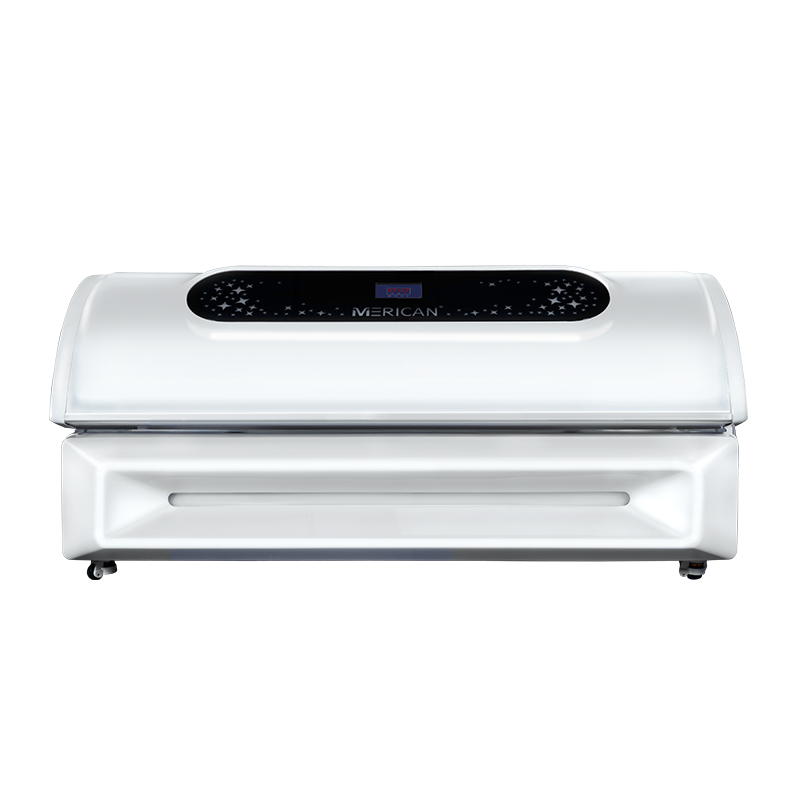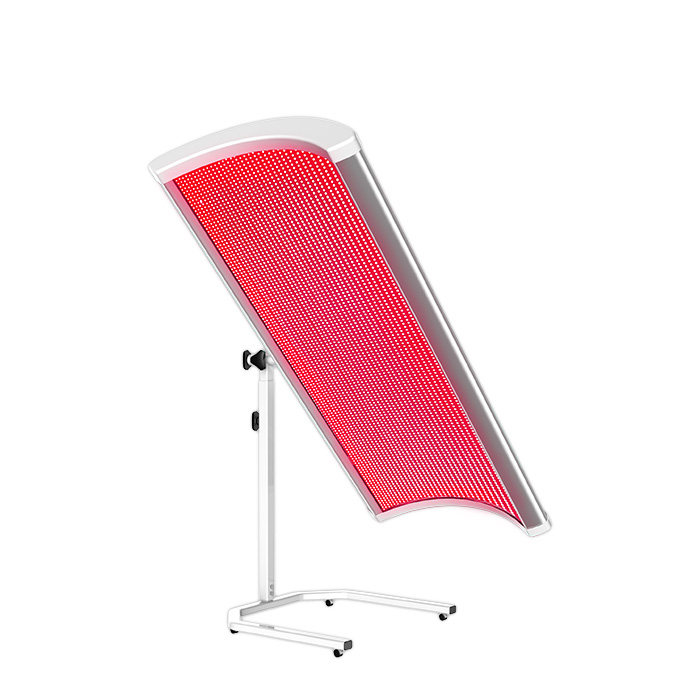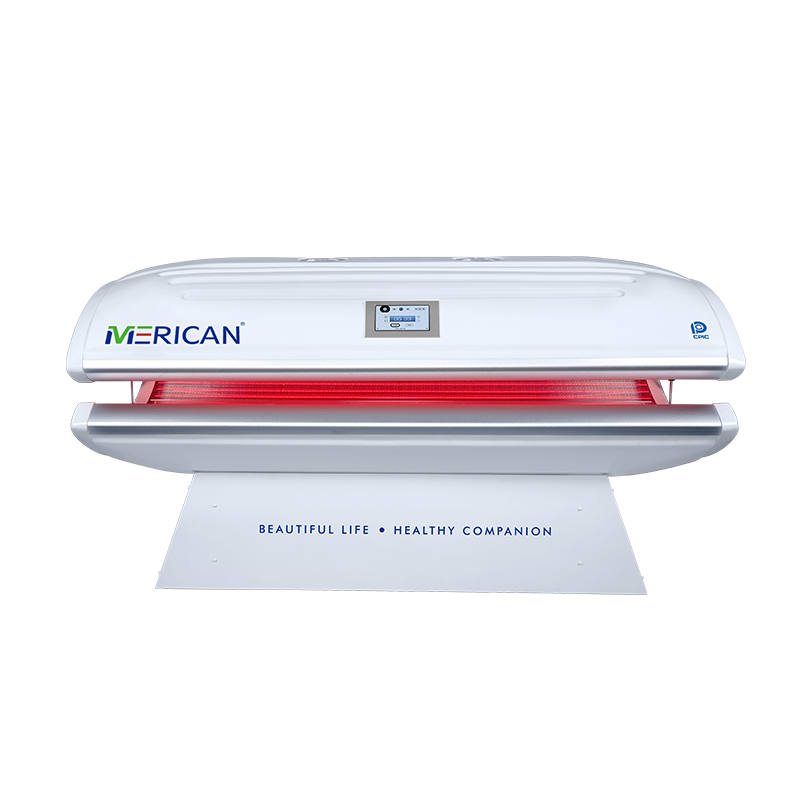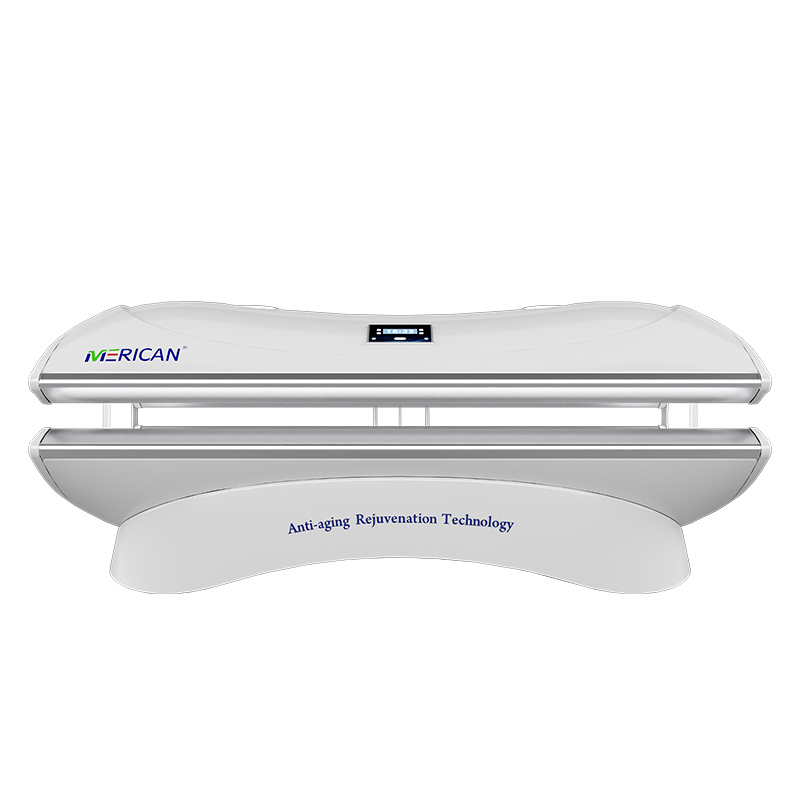Red light therapy has gained enormous popularity as a non-invasive, drug-free treatment for skin rejuvenation, pain relief, and muscle recovery. But as more people bring these devices home, many are unknowingly making mistakes that compromise safety and results. This guide highlights the 8 most common red light therapy errors made at home—plus how to avoid them for effective, consistent results.
| No. | Mistake | What’s the Problem | How to Fix It |
| 1 | Using the Wrong Distance | Standing too far or too close to the light. | Follow the device manual; typically 6–12 inches for panels, direct contact for masks. |
| 2 | Overusing the Therapy | Using it too frequently or for too long per session. | Stick to 10–20 minutes, 3–5 times per week. |
| 3 | Skipping Eye Protection | Staring at the light or not wearing goggles. | Wear protective eyewear or keep eyes closed during treatment. |
| 4 | Using the Wrong Device or Wavelength | Cheap devices with incorrect or weak wavelengths. | Choose 630–660nm (red) or 810–850nm (NIR); check irradiance. |
| 5 | Not Cleaning the Skin | Applying red light over makeup or skincare products. | Wash skin before use; apply serums after. |
| 6 | Inconsistent Routine | Skipping sessions or changing timing. | Build a regular schedule and track progress. |
| 7 | Misusing Red Light Masks | Loose fit, overuse, or improper technique. | Learn how to use red light mask properly—snug fit, 10–15 minutes, clean after use. |
| 8 | Ignoring Contraindications | Using red light with photosensitive conditions or medications. | Consult a doctor before starting, especially if pregnant or on medication. |
Using the Wrong Distance from the Device
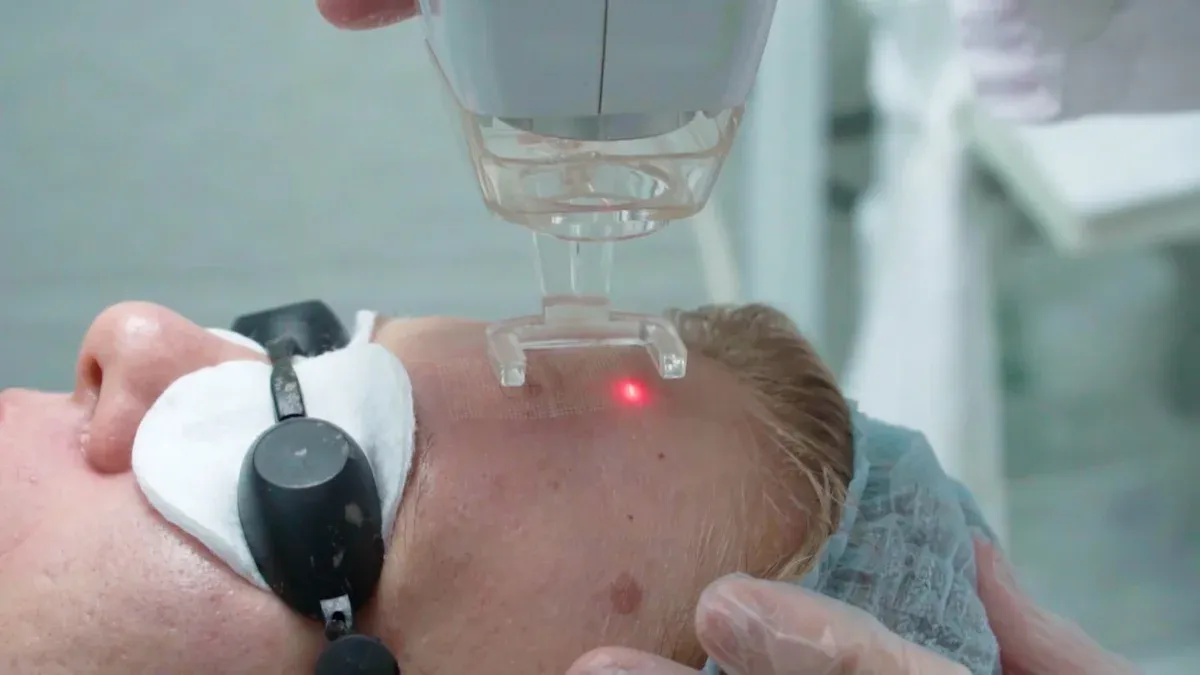
Why Proper Distance Matters
Many users overlook how close to red light therapy they should be, which directly impacts the benefits of treatment.
- Incorrect distance weakens results
If you sit too far from the device, the red and near-infrared light won’t penetrate deeply enough into your tissues to stimulate cellular activity. On the other hand, being too close—especially with powerful panels—could cause irritation or overheating.
- General guideline: 6–12 inches
For full-body red light panels, 6–12 inches is usually recommended. For facial treatments, especially with lower-wattage devices, being slightly closer may be acceptable.
- Wavelength and irradiance affect distance
Higher-intensity devices allow for greater distance, while low-irradiance ones require you to be closer. Always match your distance to the device’s power level.
- Red light mask exception
If you’re wondering how to use red light mask properly, it’s meant to rest directly against your face. That’s an exception to the general rule.
- Follow the manual
Each device is designed differently. Check the manufacturer’s guidance before assuming the right distance.
Overusing Red Light Therapy
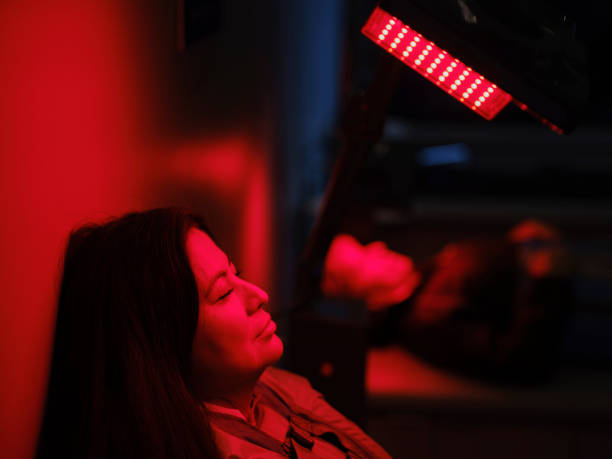
Can You Use Red Light Therapy Too Much?
Yes—and this is one of the most common mistakes, especially among enthusiastic beginners.
- Cell overstimulation is real
While red light supports cellular regeneration, using it excessively may overstimulate mitochondria, potentially leading to cellular fatigue rather than repair.
- More isn’t always better
Just like exercise, red light therapy works through a “dose-response” relationship. Doing too much can plateau your results or even reverse them.
- Symptoms of overuse
Redness, mild headaches, dry skin, and fatigue are signs you may be overdoing your sessions.
- Stick to the protocol
Most experts recommend 10–20 minutes per session, 3–5 times per week for general wellness. Start slow and build as needed.
Skipping Eye Protection
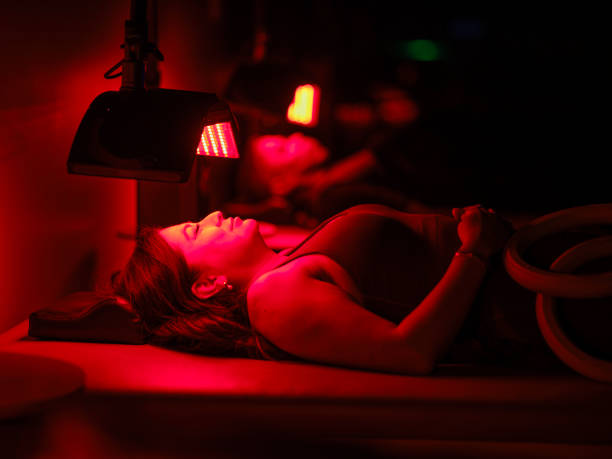
Can Red Light Therapy Hurt Your Eyes?
Despite its low-risk nature, unprotected eye exposure is one of the most overlooked dangers in red light therapy.
- Light intensity matters
While red light is not UV, strong panels or long exposure times can irritate or strain the eyes, especially if used too close.
- Symptoms of eye overexposure
Sensitivity to light, blurred vision, or headaches after sessions may indicate that your eyes are not adequately protected.
- Protective eyewear is a must
Always wear safety goggles, especially with high-powered panels or when treating the face directly. Don’t rely on simply closing your eyes.
- Masks with built-in eye cutouts
If you’re using a red light mask, most have eye openings or protective layers. Still, keep your eyes closed unless the product is certified eye-safe.
So, can red light therapy hurt your eyes? Yes, without proper safety measures, repeated exposure can be harmful.
Choosing the Wrong Wavelength or Device
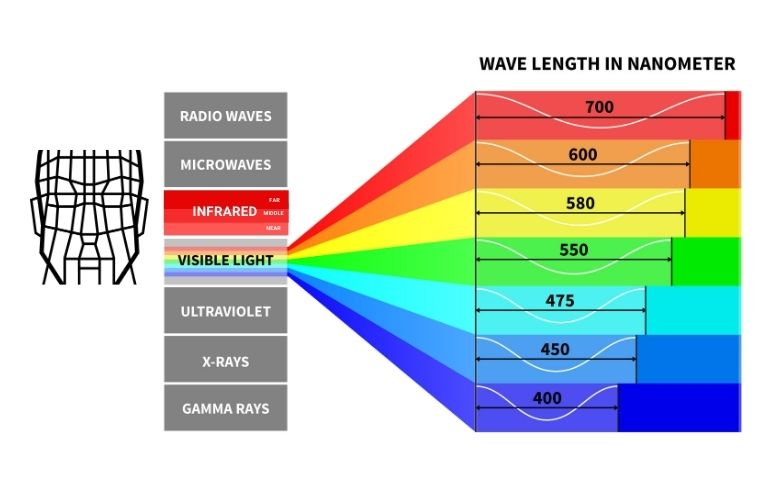
Not All Red Light Devices Are Equal
Using a poorly designed or underpowered device can render your entire therapy routine ineffective.
- Wavelength is critical
Effective red light therapy operates between 630–660nm (red light) and 810–850nm (near-infrared). Many low-quality devices use visible red LEDs that don’t penetrate deeply enough for therapeutic effects.
- Check irradiance levels
A good therapy device will list its output (irradiance) in mW/cm². Anything below 20 mW/cm² may not deliver strong results.
- Full-body vs. targeted treatment
Using a facial mask for joint pain or a handheld for full-body therapy isn’t practical. Choose the right tool for your treatment goals.
Not Starting with Clean Skin
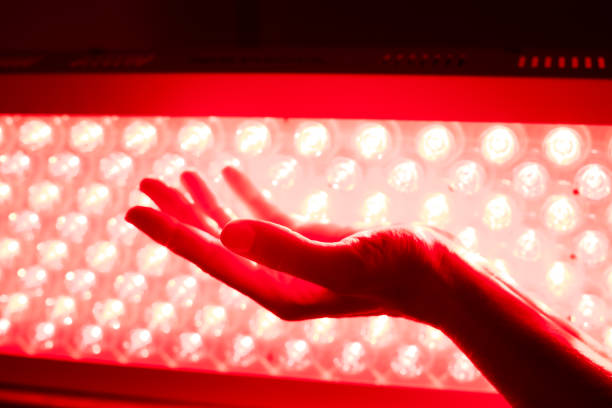
Barriers Reduce Light Penetration
Failing to properly prep your skin before a session can hinder the light’s ability to reach its target.
- Residue blocks absorption
Makeup, sunscreen, sweat, and heavy lotions act as physical and chemical barriers that absorb or reflect light.
- Clean, bare skin is ideal
Always wash your face or body with a gentle cleanser before starting treatment. Pat dry and avoid oil-based products beforehand.
- Avoid applying actives before sessions
Products containing retinol, AHA/BHA, or vitamin C can sensitize the skin or react under light exposure.
Being Inconsistent with Treatment

Red Light Therapy Only Works If You Stick to It
Sporadic use is one of the biggest reasons people give up on red light therapy prematurely.
- Cumulative results take time
Unlike instant cosmetic fixes, red light therapy works gradually by promoting cellular health and repair.
- Make it part of your routine
Set fixed times or pair it with daily habits like skincare or meditation to ensure you don’t forget.
- Set realistic expectations
It may take 4–8 weeks to notice improvements in skin or inflammation. Don’t quit too early.
Using the Wrong Red Light Mask Technique
How to Use Red Light Mask the Right Way
Red light therapy masks offer convenience, but many people misuse them, which leads to lackluster results.
- Ensure full contact with skin
The mask should sit snugly against the skin to deliver light evenly. Gaps around the nose or cheeks reduce exposure in those areas.
- Follow time recommendations
Most masks suggest 10–15 minutes per session, up to 5 times per week. Don’t exceed the limit unless advised by a professional.
- Clean after each use
Bacteria or skincare product residue can build up on the mask surface and irritate your skin.
If you’re unsure how to use red light mask effectively, stick to the user guide—it’s there for a reason.
Ignoring Contraindications
Not Everyone Should Use Red Light Therapy
While generally safe, red light therapy isn’t for everyone.
- Photosensitive conditions
People with lupus or other autoimmune conditions may experience flare-ups.
- Certain medications
Drugs like isotretinoin, tetracycline, or chemotherapy agents can increase light sensitivity.
- Pregnancy
Though data is limited, pregnant individuals should consult their doctor before use, especially for abdominal or pelvic treatments.
- Cancer history
Those with active cancer or tumors should avoid red light therapy near the affected area without medical supervision.
- Always consult a healthcare provider
When in doubt, get a professional opinion before starting a new treatment.
Final Thoughts
Red light therapy is a safe, non-invasive treatment—but only when used properly. Whether you’re wondering can red light therapy hurt your eyes or how close to red light therapy you should be, education is your most powerful tool. By avoiding these 10 common at-home mistakes, you can unlock the full benefits of red light therapy safely and effectively.
Merican Help You

As the manufacturer behind top red light bed brands, we offer free OEM and comprehensive ODM services to meet diverse needs.
We’re actively seeking global distributors. Contact us today for atailored LED red light bed solution!

